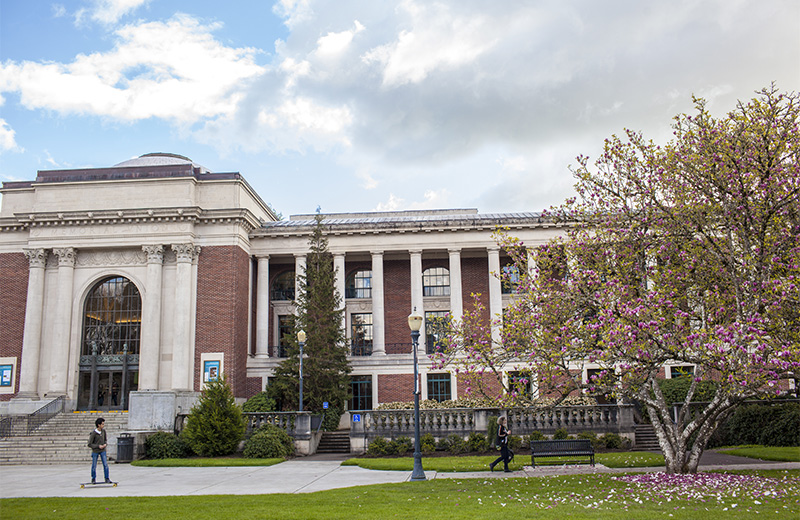By Bennett Hall, Corvallis Gazette-Times
CORVALLIS — As the 2015 legislative session begins to draw toward a close, Oregon State University officials say they’re hopeful that most of their state funding requests for the next biennium will be met.
The Higher Education Coordinating Commission went into the session asking for $755 million in state support for Oregon’s seven public universities for 2015-17, but the amount set aside in the budget proposed by the co-chairs of the Legislature’s Joint Ways and Means Committee was substantially less, about $670 million.
With Oregon’s economy on the rebound, however, the latest state revenue forecast suggests there should be another $30 million available for higher education funding, according to Jock Mills, OSU’s lobbyist in Salem. The public university support fund could come up for consideration as early as next week.
Moreover, he said, there are signs that additional money could become available between the end of the current session this summer and the start of the 2016 Legislature next February.
Mills also has hopes of getting lawmakers to up the ante on funding for the statewide public services provided by OSU (the Extension Service, Agricultural Experiment Station and Forest Research Laboratory) from the $104 million currently in the co-chairs’ budget. A change in the Gain Share program, which allows cities and counties to keep a big chunk of income tax revenue from industrial expansions spurred by Oregon’s Strategic Investment Program, is expected to pump an additional $53 million into the general fund.
As a result, Mills said, “we are anticipating a $14 million increase for the statewides.”
Mills isn’t sure when the HECC’s request for state construction bonding authority will come up for consideration, but he thinks OSU is in pretty good position to get the go-ahead for the two major projects on its current wish list. The university is seeking $30 million in state bonds to finance a new forest science complex in Corvallis and $25 million in state bonds toward construction of the first phase of a new marine studies campus in Newport.
OSU has turned to donors for matching funds for those projects and, in the case off the marine studies complex, for an additional $15 million in program support.
“We have the match nearly in hand for both of those projects,” Mills said, adding that the Legislature has never refused to grant bonding authority for past projects with matching funds.
In a meeting with the Gazette-Times editorial board on Wednesday, OSU President Ed Ray said any increase in state support for higher education would be welcome, but he also noted that some of that money is sure to gobbled up by rising costs. The paid sick leave bill now moving through the Legislature, for instance, would cost public universities in Oregon an estimated $15 million over the next biennium.
If the Legislature ultimately decides to grant the HECC’s full $755 million funding request, that would represent a $209 million increase from the amount Oregon’s seven public universities received in the 2013-15 biennium and a bump of $63 million from the prerecession funding levels in the 2007-09 budget. However, Ray points out, enrollment in Oregon’s universities has risen substantially in the meantime, meaning the money has to go much farther today.
“You can talk about getting us back to prerecession levels, but we have 23,000 more students than we had then,” he said. “So just getting us back to that level doesn’t cut it.”
The latest budget struggle comes against the backdrop of years of declining state support for higher education. As recently as 20 years ago, Ray noted, state funding covered about 60 percent of the cost of instruction; today that number is closer to 20 percent. The difference has to be made up by tuition.

